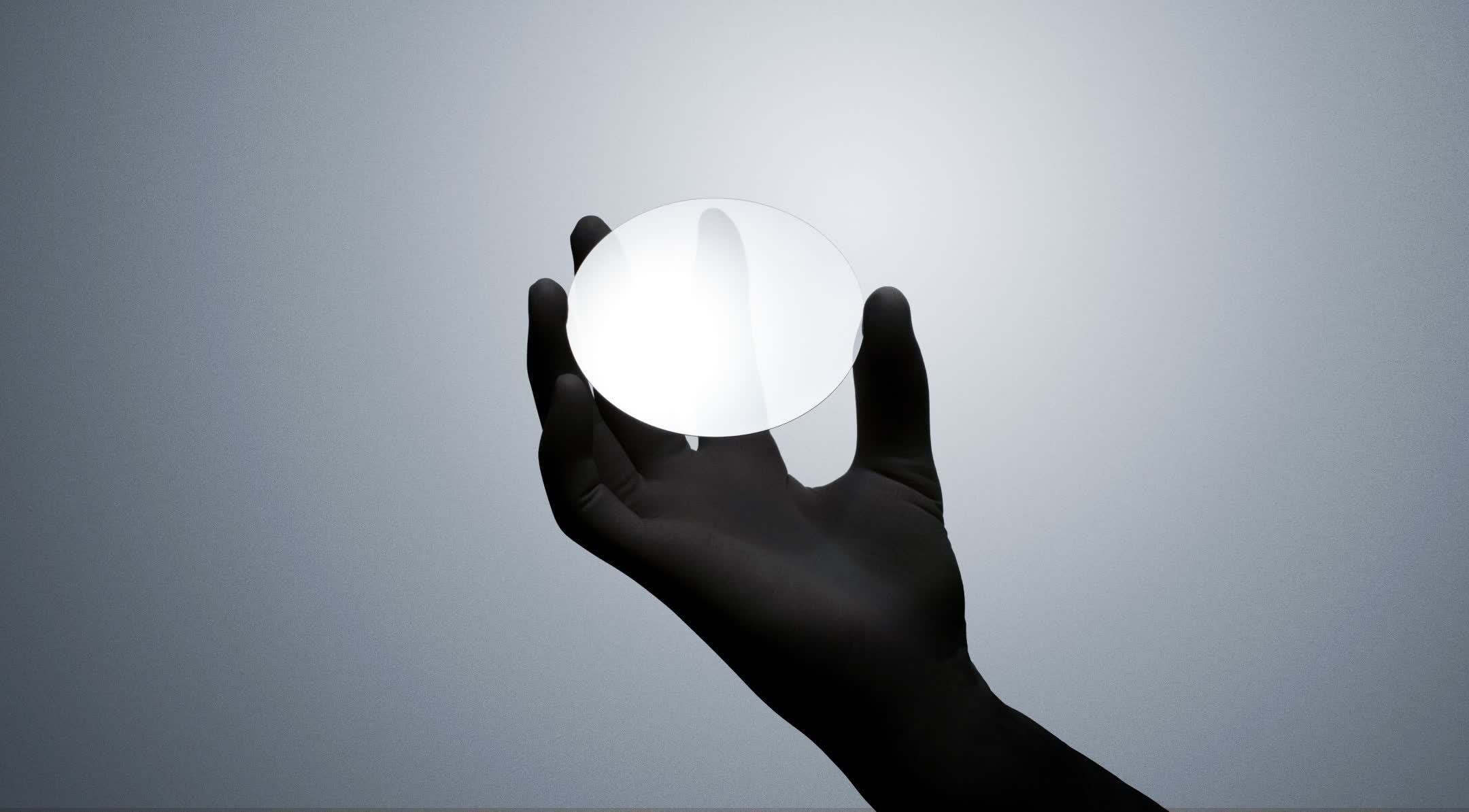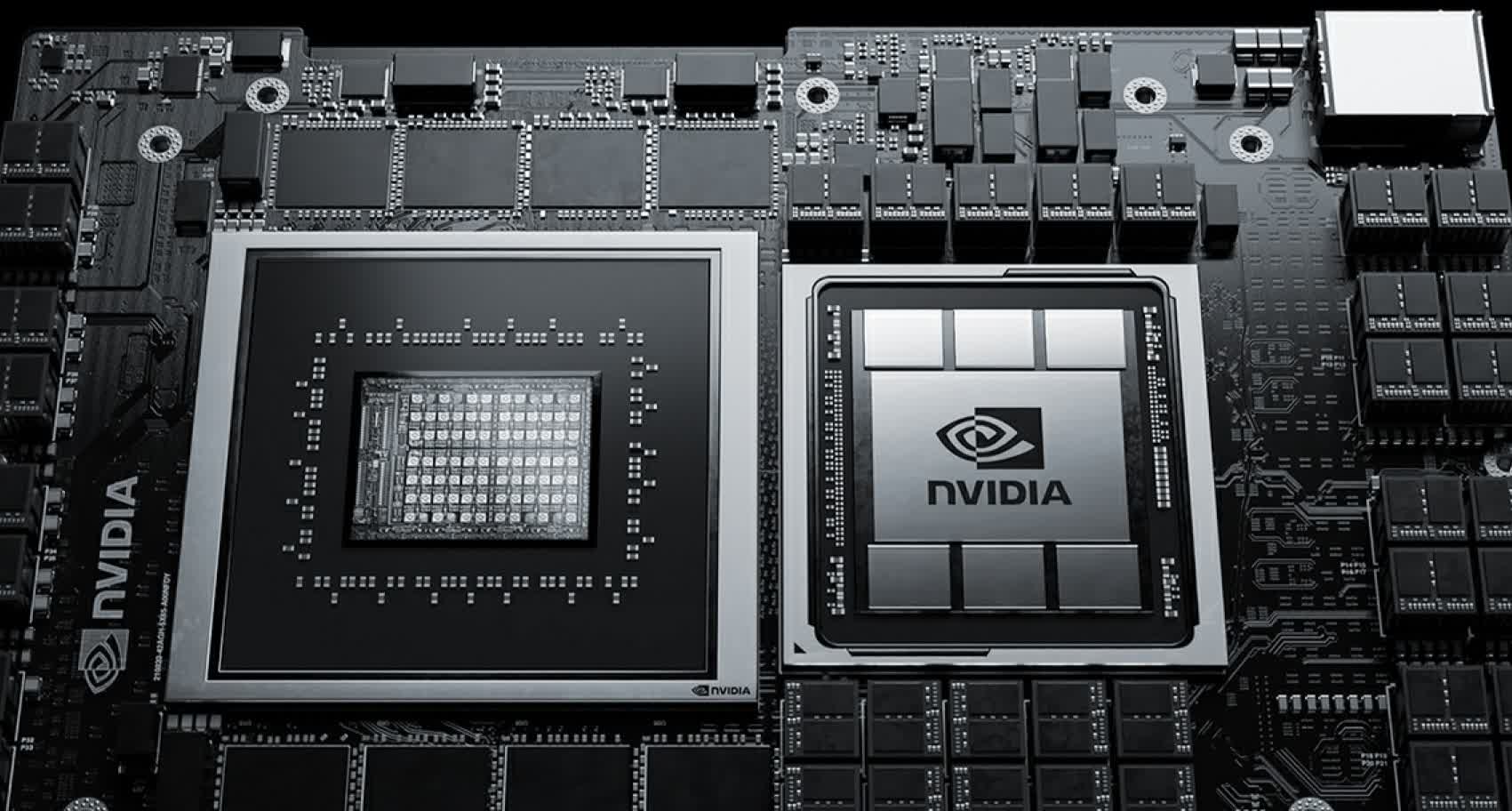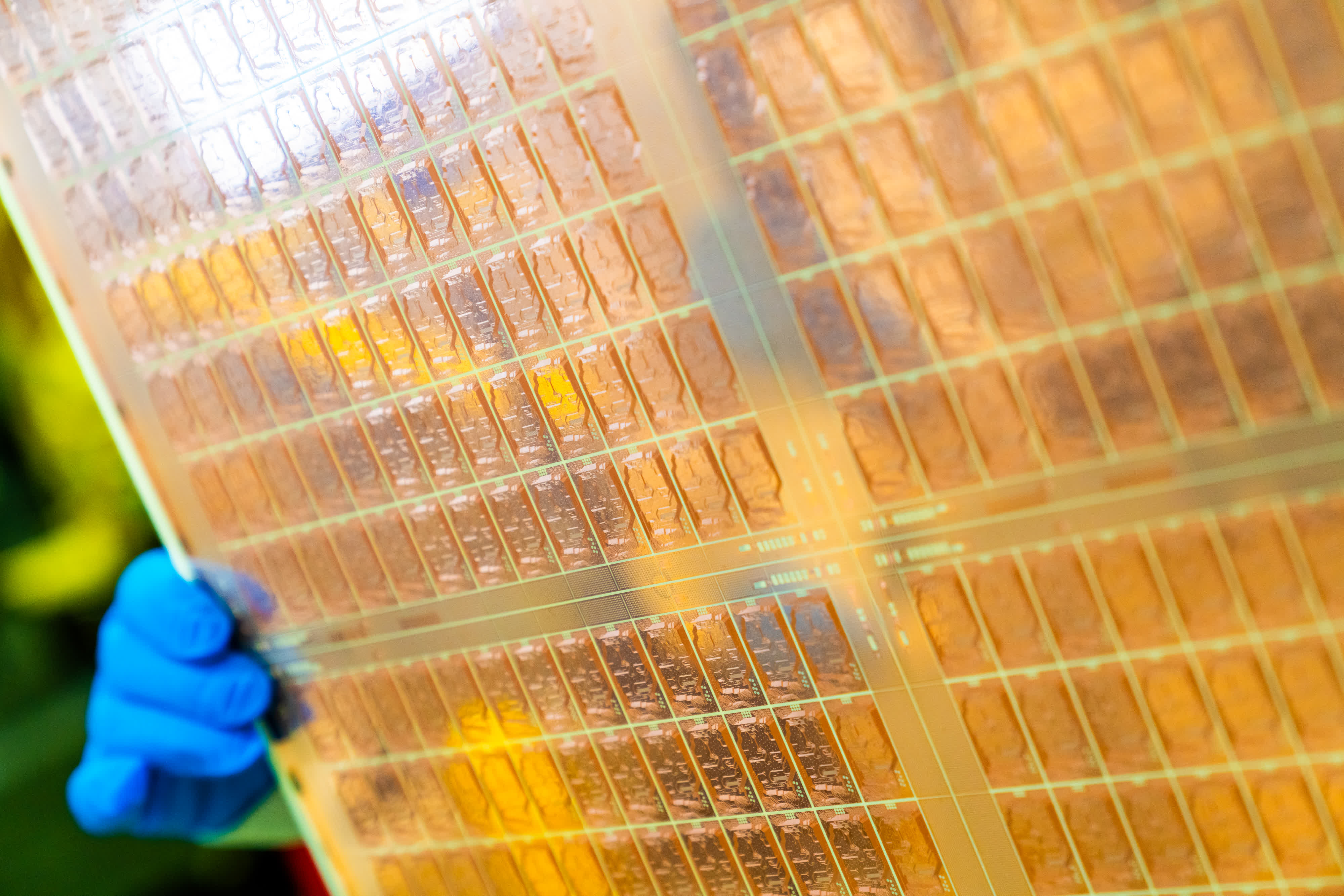Bottom line: Heat is a computer's worst enemy, and the latest batches of cutting-edge CPUs rolling off assembly lines are among the hottest ever produced. It's a trend that's simply not sustainable for much longer, and Silicon Valley is well aware. Fortunately, some of the world's top chipmakers are already experimenting with a variety of materials that could significantly lower operating temperatures.

Diamond Foundry, which makes lab-grown synthetic diamonds in San Francisco, is leading the charge. The outfit has produced hundreds of four-inch-wide synthetic diamond wafers measuring less than three millimeters thick. The idea is to replace some of the inactive silicon in a traditional microchip with a layer of synthetic diamond, which is an excellent conductor of heat.
Martin Roscheisen, Diamond Foundry CEO, told The Wall Street Journal that chips using their synthetic diamond wafer can operate at a minimum of twice their rated clock speed without failing. In the lab, company engineers have even reportedly managed to get one of Nvidia's most powerful chips to run at three times its base clock.

Roscheisen said Diamond Foundry is in talks with leading chipmakers, EV makers, and defense contractors to help improve chips and electronics. Key to further exploring this avenue, Roscheisen added, is the falling cost to manufacture synthetic diamonds.
Diamond Foundry isn't the only alternate chip substrate maker in town. A company named Coherent makes polycrystalline diamond wafers while another known as Element Six offers larger pieces that can be used between chips and heatsinks.

In September, Intel introduced a glass substrate for next-gen packaging that it has been working on for more than a decade. Compared to modern organic substrates, glass has better thermal, physical, and optical properties which translate to an interconnect density increase of up to 10x. Glass also offers 50 percent less pattern distortion with enhanced flatness that improves depth of focus for lithography.
Intel at the time said it hopes to deliver its first complete glass substrate solutions starting in the second half of this decade.